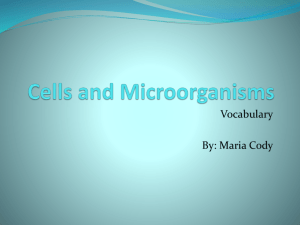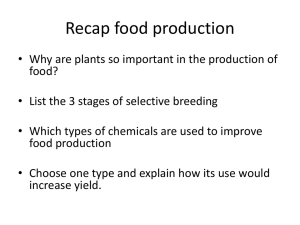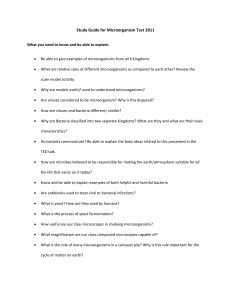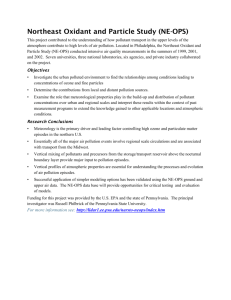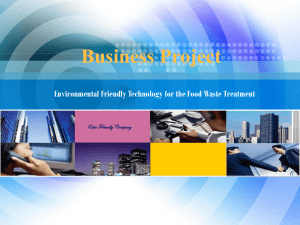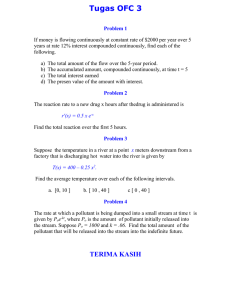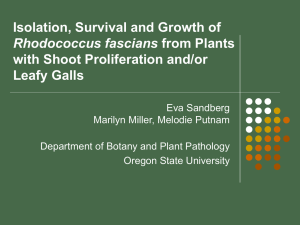With current increasing trends in ... development, the quality and quantity ... CHAPTER 1
advertisement
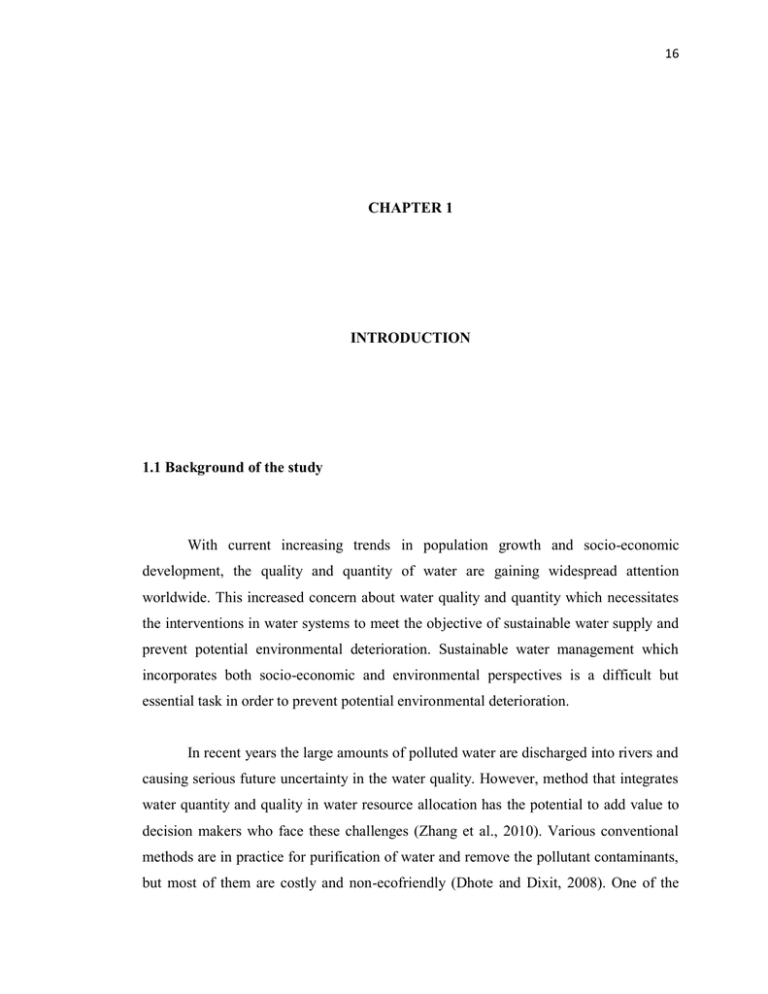
16 CHAPTER 1 INTRODUCTION 1.1 Background of the study With current increasing trends in population growth and socio-economic development, the quality and quantity of water are gaining widespread attention worldwide. This increased concern about water quality and quantity which necessitates the interventions in water systems to meet the objective of sustainable water supply and prevent potential environmental deterioration. Sustainable water management which incorporates both socio-economic and environmental perspectives is a difficult but essential task in order to prevent potential environmental deterioration. In recent years the large amounts of polluted water are discharged into rivers and causing serious future uncertainty in the water quality. However, method that integrates water quantity and quality in water resource allocation has the potential to add value to decision makers who face these challenges (Zhang et al., 2010). Various conventional methods are in practice for purification of water and remove the pollutant contaminants, but most of them are costly and non-ecofriendly (Dhote and Dixit, 2008). One of the 17 promising ways for improving water quality of rivers and lakes, is the effective microorganism (EM) technology which has been much appreciated comparative to other conventional methods because of its ecofriendly with nature, and requires less inputs, cost and capital. The concept of EM was developed by Professor Dr. Teruo Higa, University of Ryukyus, Okinawa, Japan in 1980. There are three types of microorganisms which are categorized into decomposing or degenerative, opportunistic or neutral and constructive or regenerative. EM belongs to the regenerative category whereby they can prevent decomposition in any type of substances and thus maintain the health of both living organisms and the environment (PSDC, 2009). The basic purpose of EM is the restoration of healthy ecosystem in both soil and water by using mixed cultures of beneficial and naturally-occurring microorganism. Therefore, the EM has great potential in creating an environment most suitable for the existence, propagation, and prosperity of life (Higa & Parr, 1994). It has also been emphasized that the sustainable water supply should include non-excessive use of surface water, non-depletive groundwater abstraction, efficient re-use of treated wastewater, etc. (Downs et al.,2000). The EM technology has a great potential for restoring water quality by increasing freshwater supply to meet the demand of various sectors. However, the sustainability of the freshwater supply for domestic, agriculture and industrial use need to be analyzed as it would be a critical aspect of sustainable water management. 1.2 Statement of problem Water quality has received considerable attention in allocation processes for maximizing the satisfaction of various sectors. However, pollutant impurities that impede adequate supply of water have a detrimental effect on the quality and harmful 18 for living organisms including aquatic life. For the reduction of water pollution level, various chemical and biological treatments are available but the emergence of an amazing technology of a multicultural of anaerobic and aerobic beneficial microorganisms is presently gaining popularity due to its environmental friendly nature. This effective microorganism (EM) technology uses naturally occurring microorganisms which are able to purify and revive nature. One of the significant contributions of EM based rehabilitation of polluted and degraded water bodies is to restore aquatic habitats and ecosystems. Nowadays, many countries, company or organization use this EM to restore and clean a river. However, the aspect of minimizing the cost always be taken. Therefore, the most favorable amount of EM needed to determine for achieving the optimum decontamination of pollutant. 1.3 Objective of research The research objective is; 1) To study/determine/identify mathematical models for the degradation of water river pollution by EM. 2) To predict the change of pollutant concentration in time along the river. 3) To see the effect of Effective microorganism on degradation of river pollution. 4) To know the level /degree/coverage / amount of Effective Microorganism (EM) used to become effectual in treating river pollution problem and increasing river water quality. 19 1.4 Significance of the study The significance of the study is to determine the rate reaction of Effective Microorganism towards pollutant in river. By knowing the rate reaction, the quantity of Effective microorganism needed can be predicted. Therefore, the cost of cleaning and degradation of pollutant in river can be minimize but at the same time the process of reaction still at optimum rate. In addition, the significance of the study is also to provide further relevant information for engineering and management decision makings in the utilization of the river. 1.5 Scope of the project The scope of this project is to develop a one dimensional partial differential mathematical models for the degradation of water river pollution by Effective Microorganism (EM) by using the advection, diffusive, dispersion equation and growth rate model (Monod model). A mathematical model has been simulated. The model equations consist of a system of three non-linear partial differential equations. By using MAPLE software and explicit finite difference method, the system of non-linear PDE is solved 20 1.6 Project overview This study contains six chapters starting with introductory chapter. First chapter described briefly about the research background, problem statements, objectives, scope and significance of this study. Literature review of this study will be considered in the next chapter. This chapter explained briefly about previous study of water pollutant transport, history of Effective microorganism (EM), history of water- quality model, theory and history of advection diffusion equation (ADE), theory of Fick’s law and mass transfer. Then, chapter three will discuss methodologies and procedure in completing this study. Next, results and analysis of data will be considered in the fourth chapter. In chapter five, we discuss about results and discussions of the problem. Finally, some suggestions and conclusion of the study will be discussed in chapter six.

